For a long time I had been interested in knowing Molina de Aragon, In the Guadalajara province, being aware of the existence of a great castle.
And the truth is that in the recent visit to this town, which will surely sound familiar to you due to its earned reputation for being one of the places in Spain where temperatures drop more in winter, I discovered an enclave with a long history in medieval times.
This visit was framed in a getaway to the Molina-Alto Tajo Geopark where I also discovered other interesting corners such as Zafra castle.
Molina de Aragon, despite its name, is not located in the current territory of Aragon, but to the northeast of the aforementioned province of Castilla la Mancha, one of the least populated areas of Spain.
In fact, Molina de Aragon It is not a town that is located on one of the main routes that cross our country, but you have to go expressly to visit it.
It's a medieval village which is characterized by maintaining its authenticity.
All the information in detail
Curiosities history of Molina de Aragón
Although the existence of the current enclave of Molina de Aragon dates back to Roman times, its first historical references date back to the time of the Taifa kingdoms during the Muslim occupation of the peninsula.
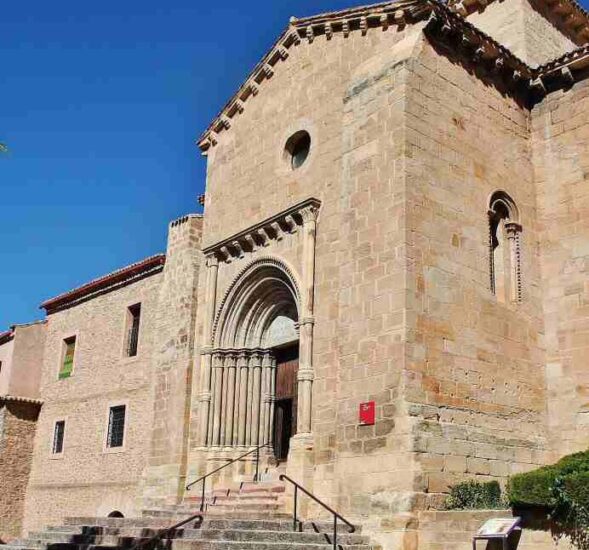
A notable event was when Alfonso I the Battler He reconquered the territory in the year 1129.
Don Manrique de Lara will repopulate it and the charters were recognized by the king in 1154, creating the independent lordship of the Lords of Lara that would last several centuries.
It was during the 12th and 13th centuries when the castle and its walls were built, as well as various convents.
As a curiosity, I will tell you that in 1369 Molina became part of the kingdom of Aragon under the rule of Peter IV, and it was in 1375 when it changed its previous name Molina de los Caballeros for the current Molina de Aragon.
a century later Henry IV deliver the Molina Manor a Beltran de Cueva, to which the Molinesans take up arms.
Finally Isabel the Catholic grants the privilege of Molina de Aragon always belongs to Castilla.
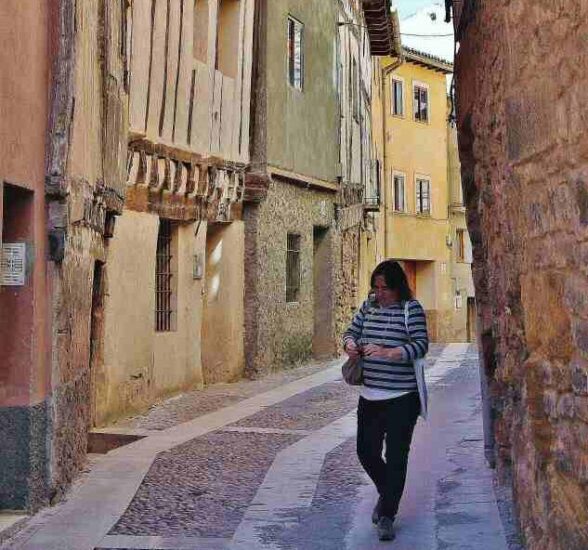
In the 16th century, Molina experienced its greatest splendor, with a significant increase in population.
Subsequently, Molina de Aragon It was looted and burned during the French occupation in the War of independence.
But finally the Molinesans managed to expel the French troops, so that in 1821 the king Ferdinand VI awarded to Molina de Aragon el city title.
What to see and do when visiting Molina de Aragón
For visit Molina de Aragón, it is advisable to first make a route through the historic center to finally conclude with the castle visit.
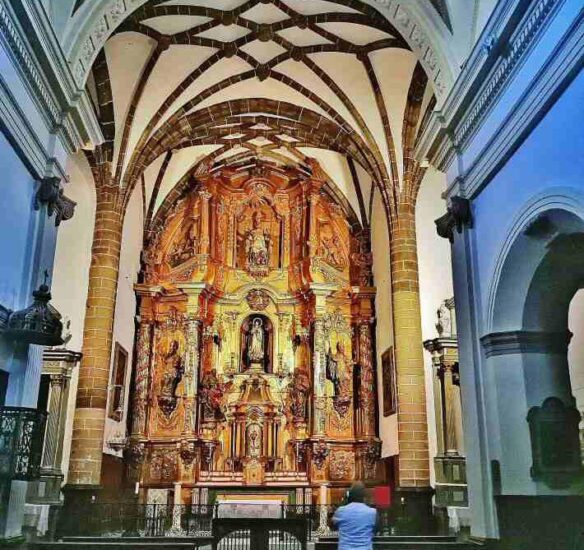
This route can be started at tourist office located in the old Piarist College, XNUMXth century.
Church of Santa Clara in Molina de Aragón
The first highlighted corner is going to be the church of Santa Clara of the 13th century, with its Romanesque doorway of French influence and its interior Gothic style.
Next to the church is an old convent from 1531, in which there are currently about 12 cloistered Poor Clare nuns with an average age of 80 years.
Church of San Pedro in Molina de Aragón
Path of the Spain Square you will pass through St. Peter's Church from the 16th century, where the tower of Moorish style.
ORGANIZE your TRIP
- Don't forget your TRAVEL INSURANCE with a 5% discount
- Book the HOTEL for your trip
- RENT a CAR for your trip
- The best TOURS and EXCURSIONS in Spanish
- NO-LINE TICKETS for museums and monuments
- Best FREE TOURS around the world
- Book your TRANSFER from the airport
- eSIM card with INTERNET at the best price
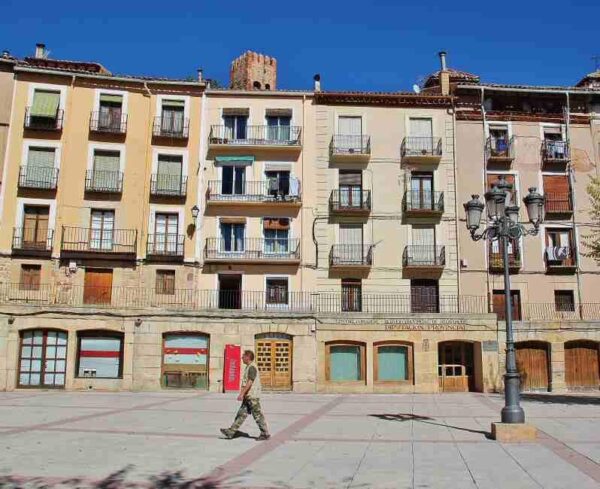
Inside it shows an altarpiece from the 18th century that was made to fit the apse, and the body of Valentine's Day!.
Currently the church is run by the community of the romanian orthodox.
In this same enclave you can see the Italian-style palatial building from the 16th century, which housed a convent of ursuline nuns, which have now been moved to another smaller building located at the foot of the castle.
Plaza de España in Molina de Aragón
When you reach the Spain Square You will find that it is one of the most beautiful corners of Molina de Aragón.
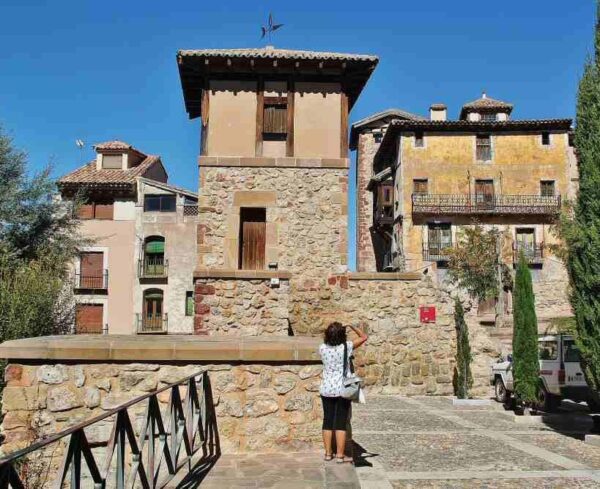
There is the Town Hall with the plaque that remembers the title of city granted to the population.
Jewish Quarter in Molina de Aragón
But it is when entering the old Jewish quarter when you find the corners that best take you back to medieval times.
You will continue along one of the two parallel streets until you reach an area where you can see remains of the old medieval wall in the square where the Bathroom door.
In that area you can also see the church of Santa María del Conde XNUMXth century.
If from there you return following the walk along the Rooster River, you will arrive at the location where you can see one of the icon images of the city of Molina de Aragón.

Old Bridge in Molina de Aragón
It is the panoramic set that forms the Old Bridge that crosses the river with the background of the castle that stands on the hill under which Molina de Aragón sits.
Saying romanesque bridge It is from the 12th century and is built with ashlars.
Another outstanding panoramic view of this city is the one you have if you take the road that heads southwest of it by car, where you can stop to see the image of the castle with Molina de Aragón at its feet.
In the environment of Old Bridge you can finally see other notable buildings, such as the old church of Saint Michael, now a private house.
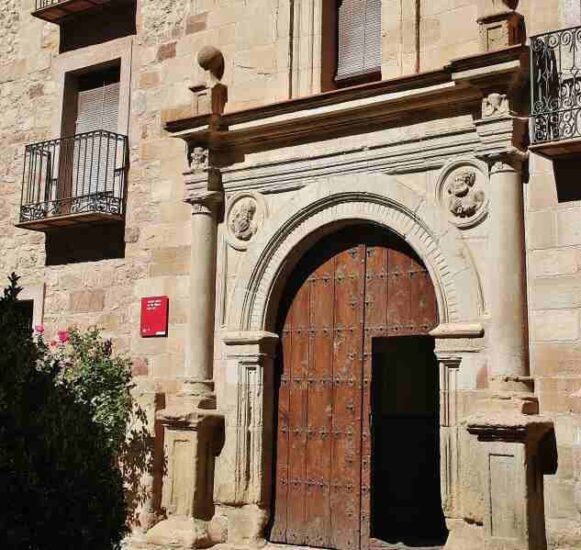
Wave church of Santa María la Mayor, which was built in the 1915th century, but in 1924 it was destroyed by a fire, so that the building you now see is a restoration from XNUMX.
Here you have information and you can sign up for the best excursions and activities in the province of Guadalajara
How to visit the Molina de Aragón castle
Finally it's time to visit the castle of Molina de Aragón.
It is built from a old arab citadel from the 10th century, whose walls and towers correspond to those you now find in the upper part of it.
The fortification was expanded during the 12th and 13th centuries.
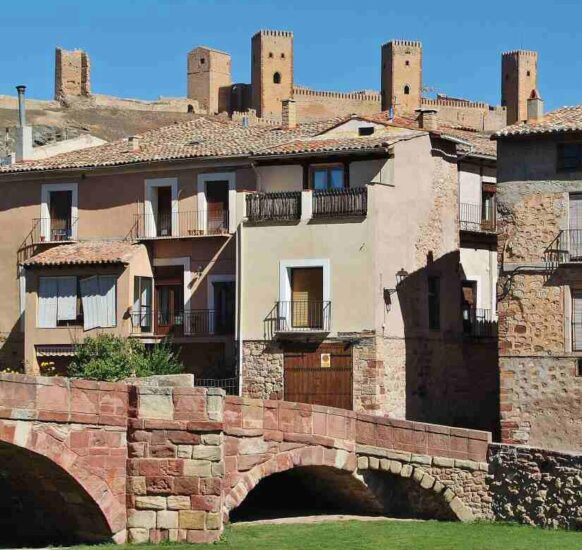
With a large extension on the side of the hill, during the visit what you can do is rwalk part of the walls and climb a tower, and getting to the top will take you about 20 minutes.
Don't forget your Travel Insurance
Are you organizing your trip or getaway? Don't leave without take out your travel insurance before, and here we explain why. If you hire it with us, you have a 5% discount
The tower that you see at the top of the hill is known as Aragon Tower, and fulfilled the function of Vigia tower.
Schedules and prices to visit Molina de Aragón castle
The schedules to visit the castle of Molina de Aragón They are, on Saturdays, from 11,30:13,15 a.m. to 17,45:XNUMX p.m. and in the afternoons, at XNUMX:XNUMX p.m.; the rest of the days you have to consult with the tourist office.
El entrance price to visit the castle on your own it is 4 euros, with a reduced price of 3 euros for seniors+65 and children between 7 and 14 years old, with free entry for children under 7 years old.
But if you sign up for guided tours organized by the tourist office, which take place at 12 noon, the price is 5 euros, with a reduced price of 4 euros, although a minimum group of 10 people must be formed.
Map: how to get to Molina de Aragón
Molina de Aragon is northeast of the province of Guadalajara, two hours from Madrid on the A2 to Alcolea del Pinar, where you must take the N-211 highway.


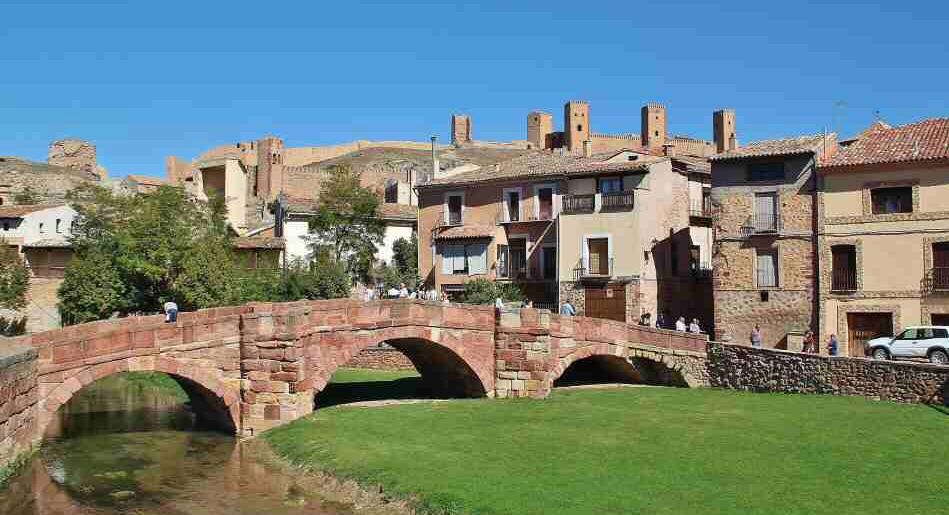

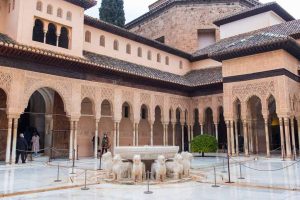
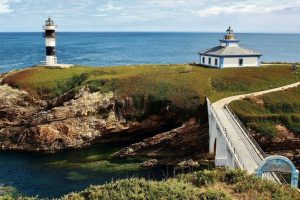











The people of Molina de Aragón, (beautiful town) say that it was the “Cid” castle
There, the townspeople say it was the “Cid” castle.